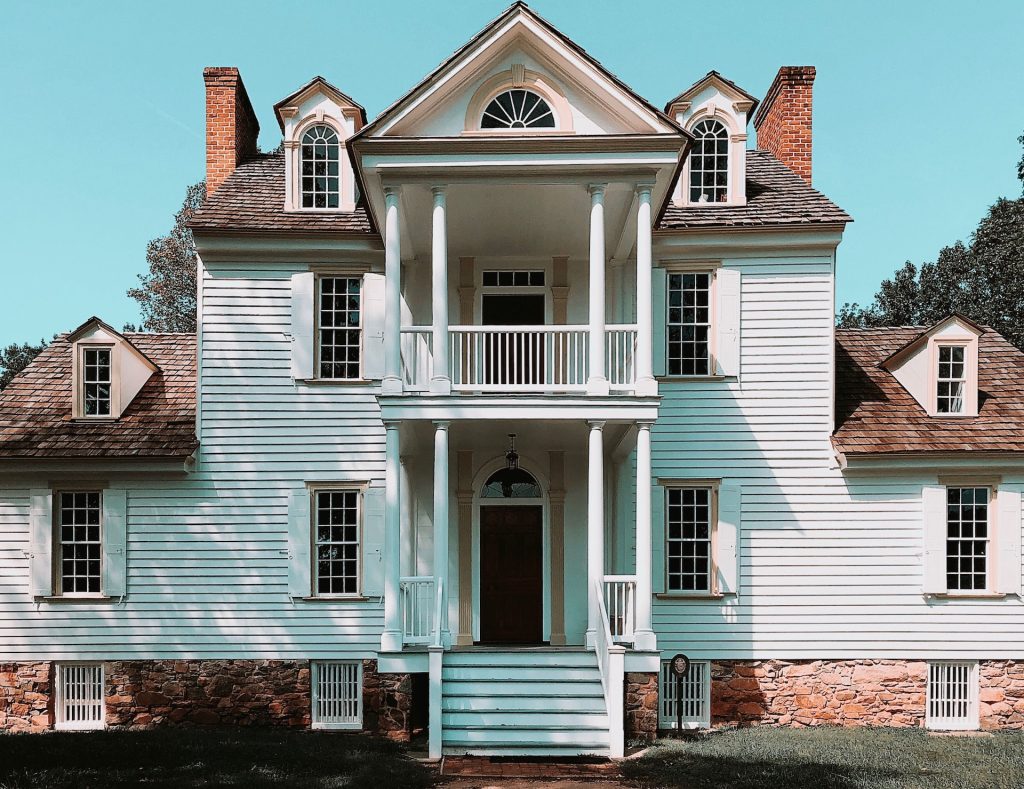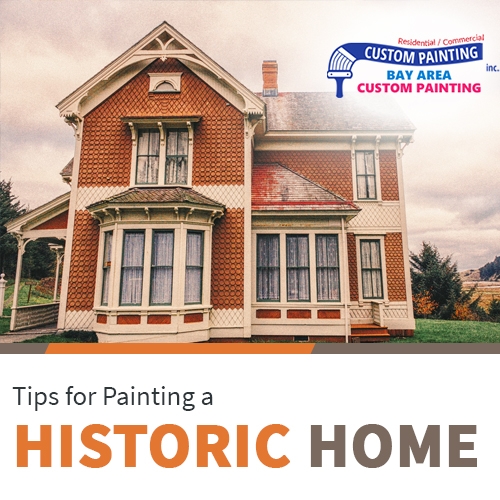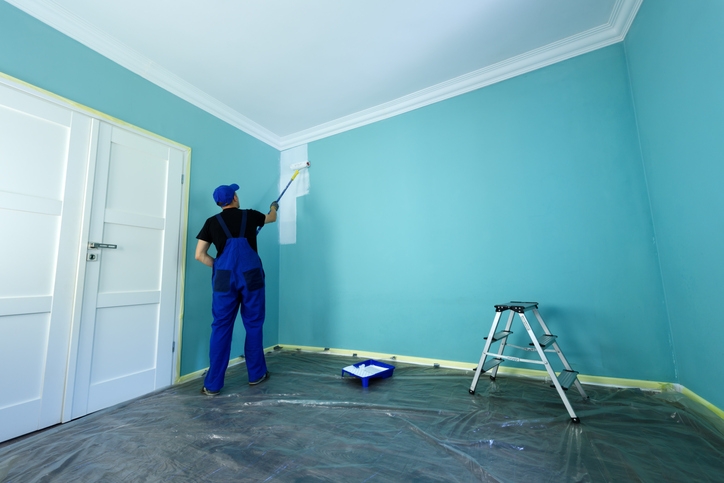In painting a historic home, there’s one rule you should never ignore: unless every bit of the existing paint is falling off the walls, you should not replace that paint. Instead of just masking the walls with new paint, you must identify the root cause of the problem and restore the damaged areas. Also consider elevating your interiors with custom stencils, faux finishes, or metallic accents—discover our decorative painting service offerings.
However, you can’t just paint over damaged walls, either. It will get even worse under the new coat. So, again, you must identify the root cause of the problem first before repairing the damaged areas and restoring them to their original state. The best residential painting companies in the Bay Area are aware of the benefits of surface preparation, which is mainly a crucial step in painting older homes.
First things first: surface preparation is essential to any paint job
Surface preparation is a time-consuming task since it takes up the bulk of the paint project. But skipping it will not benefit you, either. Even experienced DIY home painters may find it difficult to go through the lengthy process and may not be able to devote all their time to it due to other obligations. This is where the benefit of hiring professional painters comes in since their job consists of preparing surfaces prior to painting them.
Again, we stress the importance of identifying the type of damage you’re dealing with when painting a historic home. Each damage requires unique solutions and treatment.

Historic home painting tips and tricks
1) Research the home’s history
Historic homes are testaments and reminders of the past, showcasing the architectural styles and craftsmanship of the bygone eras.
Preserving the character of these historic homes requires care and delicacy, especially when it comes to painting. So, it’s essential to research the home’s history first to determine what type of paint was used during the time the house was being built or was common at the time of its construction. Having knowledge of the home’s history will enable you to retain its unique appeal while protecting and preserving its structural integrity.
2) Use the right products
There are hundreds of paint and primer products to choose from, so you cannot pick up any paint blindly. Instead, it’s essential to do a little homework that will help you choose the best paint for your historic home or building. Consider the following tips to help you decide:
- To determine whether the current paint is oil or latex, apply a liquid paint splatter removal product to the surface. If the paint removal product rubs the paint off the surface, it is latex paint. But if the product cannot remove the paint, it is oil-based.
- It is not advisable to apply oil-based paint over latex paint. Doing so will cause compatibility issues due to the different curing processes of latex and oil-based paint. However, you CAN apply latex paint on a surface with oil-based paint.
- If possible or allowed, use an alkyd oil-based primer. Oil-based primer penetrates old wood better than latex paints, so it’s recommended to apply oil-based primer first before applying latex paint over it. For even better penetration into old wood, have a 1/8 cup of boiled linseed oil and add it to one gallon of the oil-based primer.
No matter what type of paint color or finish your historic home painting project requires, opt only for premium paint brands. They offer superior coverage, color retention, and durability.
3) Use only high-quality tools and materials
Historic homes usually feature unique decorative and architectural elements, such as intricate woodwork or copper lining. To maintain the integrity of these decorative and architectural elements, use only high-quality brushes and rollers, in addition to the right paints and primers. Using high-quality tools will improve paint application and minimize unsightly brush strokes or lap marks.
4) Remove peeling paint gently
Removing old, peeling paint can be a delicate process in antique homes. Some paint removal methods, such as sandblasting, can cause irreversible damage not only to the topcoat but also to the layers of materials underneath it. Instead, consider utilizing gentler but equally effective removal techniques, such as manual scraping or infrared paint removal. These gentler methods will help remove peeling old paint without causing further damage to the surface.
5) Never skip surface preparation
Proper surface prep work is the key to a successful painting project. Even though it may be the most laborious and time-consuming step, surface preparation is crucial to achieve a smooth and flawless paint job.
First, inspect the home for any signs of damage, such as peeling paint, cracks in the plaster, or dry rot. If you are a homeowner, address these issues and discuss them with your painting contractor before painting work commences. This will prevent further deterioration and ensure a smooth and even finish.
6) Protect original features
An essential part of any restoration project is protecting the home’s original features, such as ornate woodwork, stained glass windows, and decorative hardware. Use only painter’s tape instead of regular masking tape, as the former will leave no residue even if it has been left for a long time. Use canvas drop cloths and plastic sheeting to protect the items from dripping paint and sanding dust. These extra precautions during the painting process ensure that the home’s original features remain whole and intact.
Hire only a professional painting contractor to get the best results
Painting and restoring a historic home require a specialized approach that puts preservation and authenticity at the top of the agenda.
Working with professional residential painting companies, such as Custom Painting, Inc., can make all the difference. Our team of painters has the expertise to select the right products and tools, prepare surfaces properly, and utilize the best application techniques. In other words, we execute the project with care, efficiency, and precision.
By entrusting your historic home to experienced painting contractors in the Bay Area, you can rest easy knowing that the results will come out beautiful, looking brand new, and historically accurate.
Serving the Bay area including the cities of Tracy, Union City, Vallejo and Walnut Creek. Call us at 925-294-8062 or fill out a Contact Form on our website.


